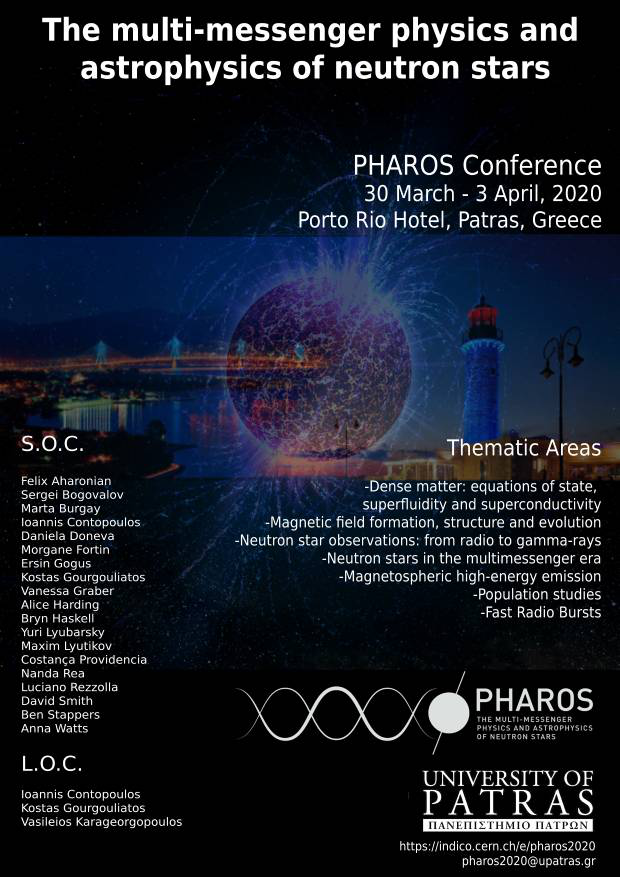Speaker
Description
CHIME/FRB monitors the visible sky down to a declination of -11 degrees to search for Fast Radio Bursts. Consequently, daily, high time resolution data (~1ms), wideband (400-800 MHz) observations of the whole visible sky is available. The Canadian Initiative for Radio Astronomy Data Analysis (CIRADA) slow pulsar survey aims to take advantage of this unique instrument by implementing a novel data-stacking search algorithm to improve the sensitivity towards low luminosity and/or distant isolated pulsars. The daily cadence will also allow for searching of nulling and intermittent pulsars. In this talk, I will describe the setup and the challenges faced by the survey, including handling the large data rate (estimated to be 1.5 PB/day), and the requirement of robust RFI excision to ensure the stacked data is not contaminated. Over time, this survey will probe deep into the CHIME visible sky, allowing us to better quantify the radio pulsar population at 400-800 MHz across a large part of the Galaxy, and to study the radio intermittency properties of pulsars. The survey will also potentially discover pulsars that are close to or even beyond the pulsar death line, which could help us constrain models of radio pulsar emission. The properties of all the pulsars detected by the survey will ultimately be made available as a public catalogue.

